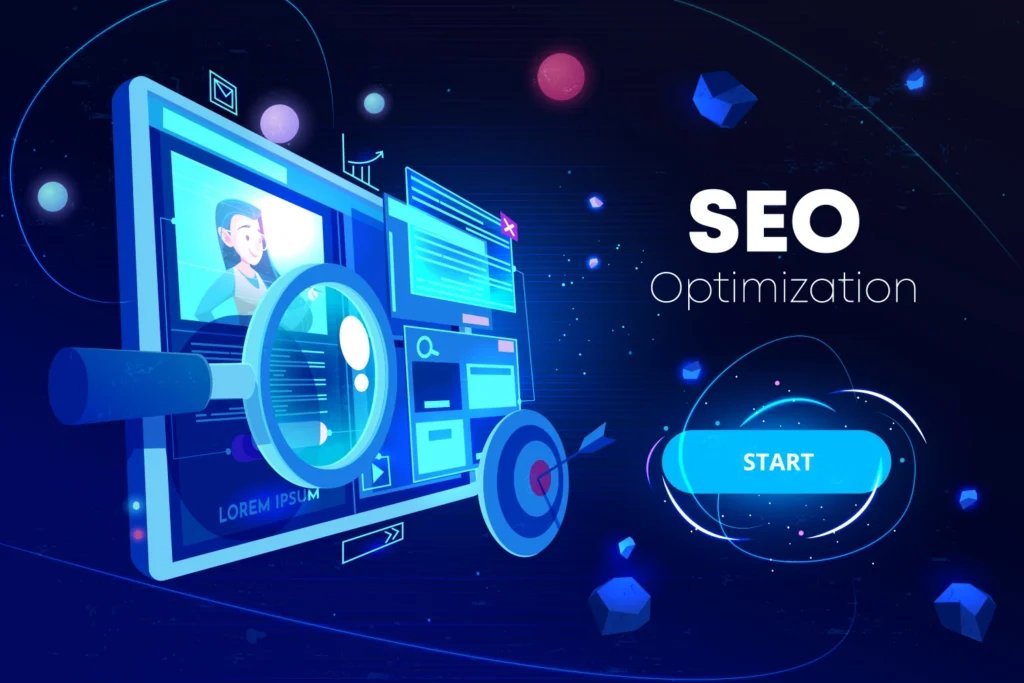Virtual tour 360°
Virtual tour 360°

A 360° virtual tour is an immersive, interactive digital experience that allows users to explore a location, property, or environment from any angle as if they were physically there. These tours typically combine panoramic imagery, videos, or interactive elements to create a fully navigable virtual space. They’re widely used in industries like real estate, tourism, education, and entertainment.
Here’s an overview of the key elements of a 360° virtual tour and how it works:
1. How 360° Virtual Tours Work
- 360° Photos and Videos: A 360° virtual tour is created by capturing panoramic images or videos. Special cameras or apps (like the Insta360 or GoPro Max) take multiple shots (or record videos) from various angles, then stitch them together into a single, spherical image or video.
- Interactive Navigation: Users can interact with the tour by clicking on or dragging their mouse (or swiping) to navigate through different parts of the space. In most cases, users can zoom in or out, change their point of view, and move between different scenes or rooms.
- Hotspots: These are clickable areas within the virtual tour that provide additional content like text, images, videos, or links to other parts of the tour. They are often used to highlight key features, products, or important information.
2. Uses of 360° Virtual Tours
- Real Estate: Virtual tours are commonly used by real estate agents to give potential buyers a walkthrough of a property without physically being there. This allows potential buyers to get a true sense of space, layout, and design.
- Tourism and Hospitality: Hotels, resorts, and tourist attractions can use 360° virtual tours to give visitors a sneak peek of what they’ll experience before booking.
- Education: Museums, galleries, and universities often use virtual tours to allow students or the public to explore exhibits or campuses from afar.
- Retail: Some retail stores and showrooms offer 360° tours to showcase their products, where users can virtually “walk around” and see items from different perspectives.
- Event Planning: Virtual tours can also be useful for showcasing event venues, trade shows, or conference halls.
3. How to Create a 360° Virtual Tour
- Capture the Images or Video:
- Use a 360° camera (e.g., Insta360 One X2, GoPro MAX, or Ricoh Theta). These cameras take full panoramic images in one shot or video.
- Alternatively, use smartphone apps like Google Street View, Panorama 360, or Roundme to create 360° photos.
- Editing and Stitching: If you used a regular camera, you’ll need software to stitch together multiple images. There are tools like Adobe Photoshop, PTGui, or Kolor Autopano for this.
- Building the Virtual Tour: Once the images are captured, you can use virtual tour creation software to stitch the images into a tour. Some popular platforms are:
- Matterport: An advanced tool that creates interactive 3D walkthroughs (ideal for real estate and architecture).
- Pano2VR: A software solution for converting 360° photos into a virtual tour.
- Kuula: A simple-to-use platform for creating and sharing 360° tours.
- 360Tour: A cloud-based solution designed for creating virtual tours for real estate or business purposes.
4. Embedding and Sharing the Tour
Once your virtual tour is created, it can be embedded in websites, shared on social media, or uploaded to platforms like YouTube or Google Maps. If you’re using a real estate platform, there’s often built-in support for virtual tours.
5. Benefits of Virtual Tours
- Increased Engagement: Virtual tours can capture and hold the attention of your audience longer than traditional photos or videos, allowing them to interact with the content.
- Convenience: Virtual tours offer the ability to explore a location or space from anywhere at any time, which is particularly helpful for long-distance decision-making (e.g., real estate buyers or remote learning).
- Higher Conversion Rates: Studies have shown that properties or services with 360° virtual tours experience higher engagement, leading to more inquiries, bookings, or sales.
- Enhanced User Experience: A 360° tour allows the user to control the viewing experience, which feels more personalized and engaging than static images.
